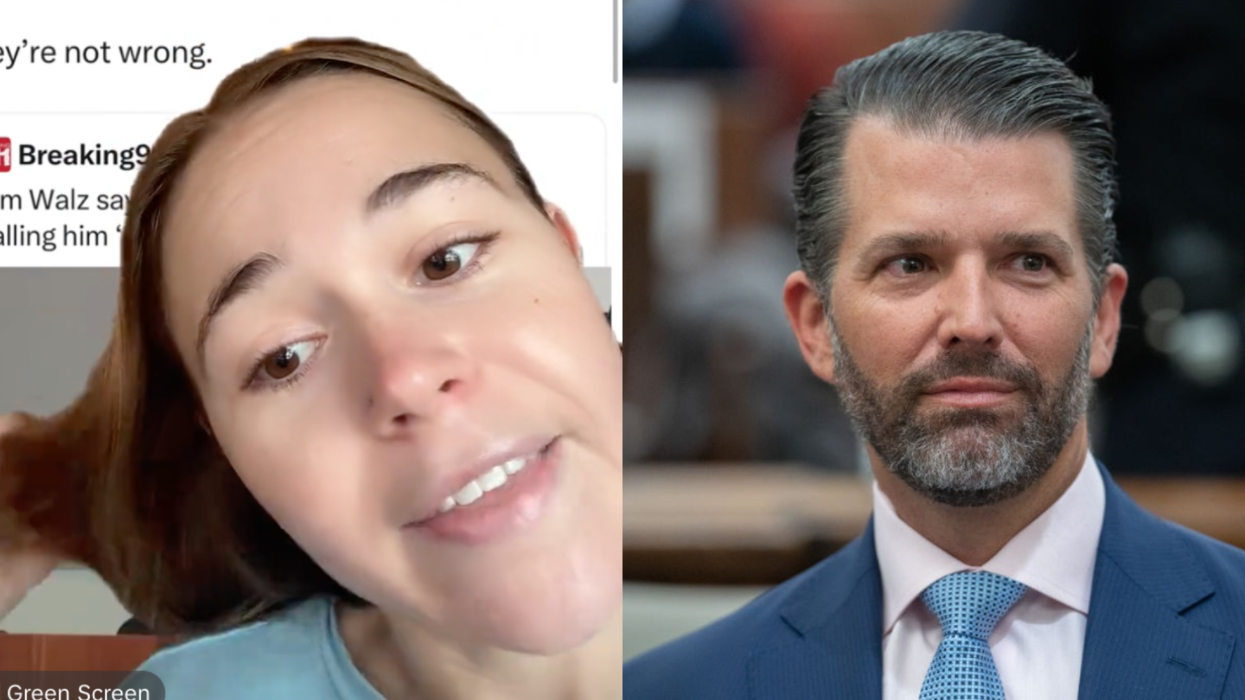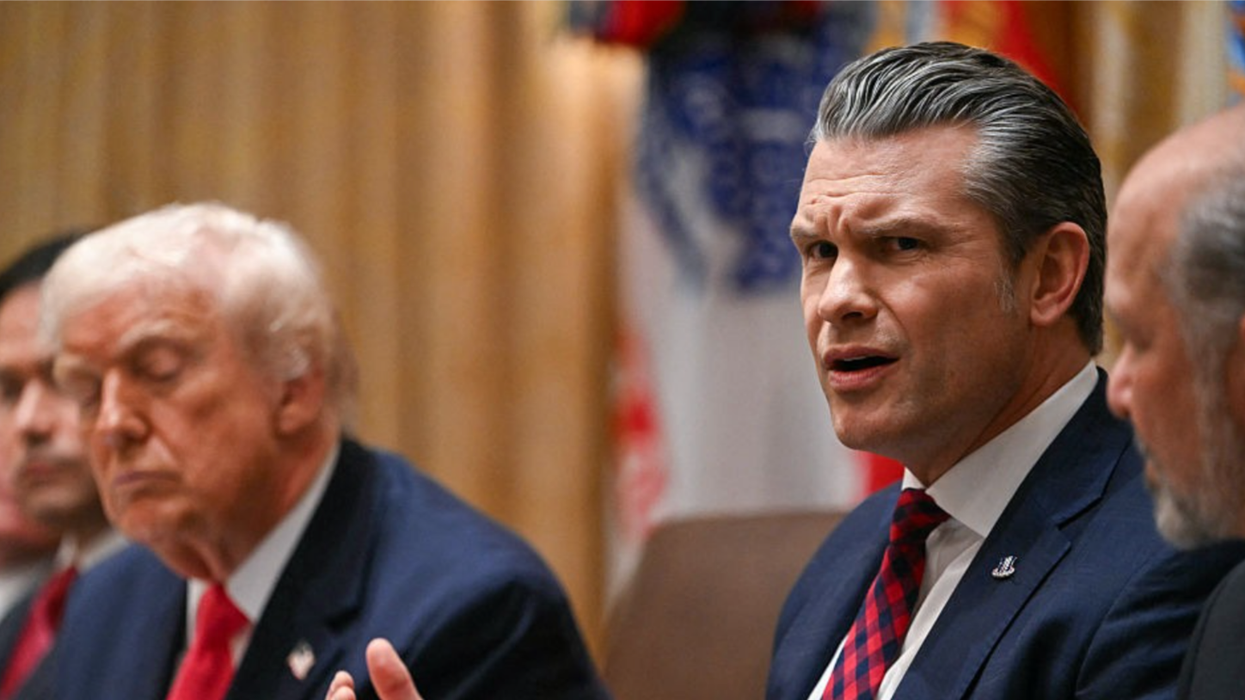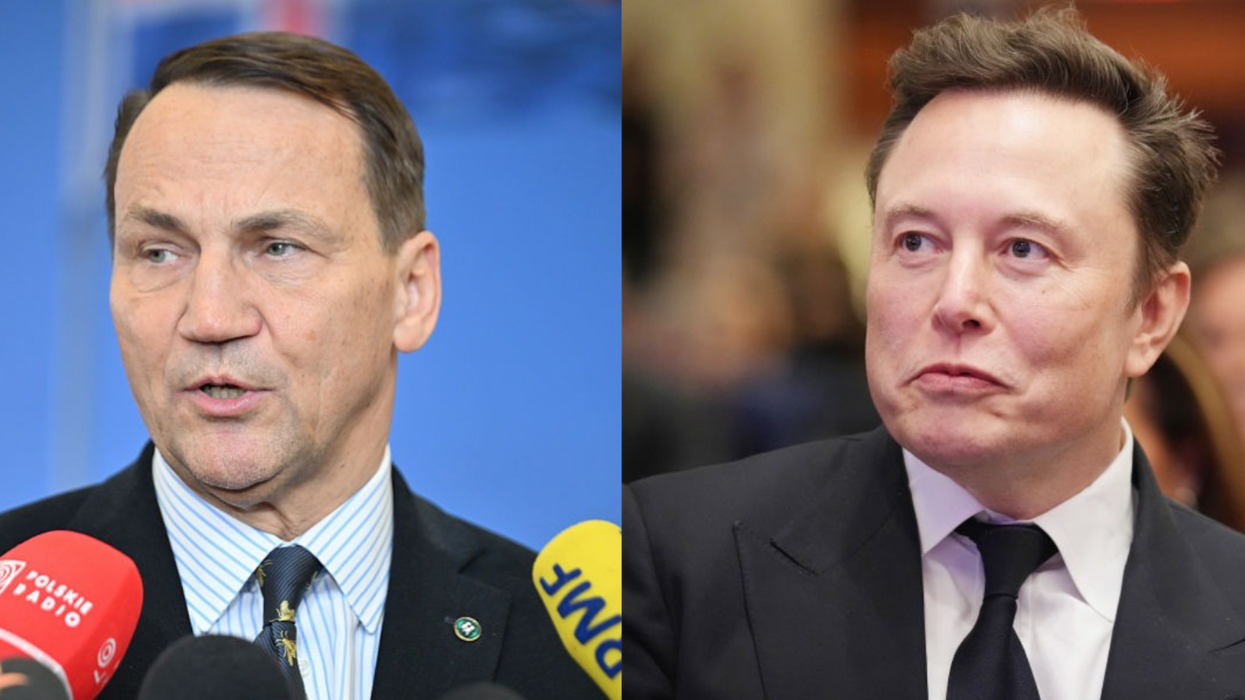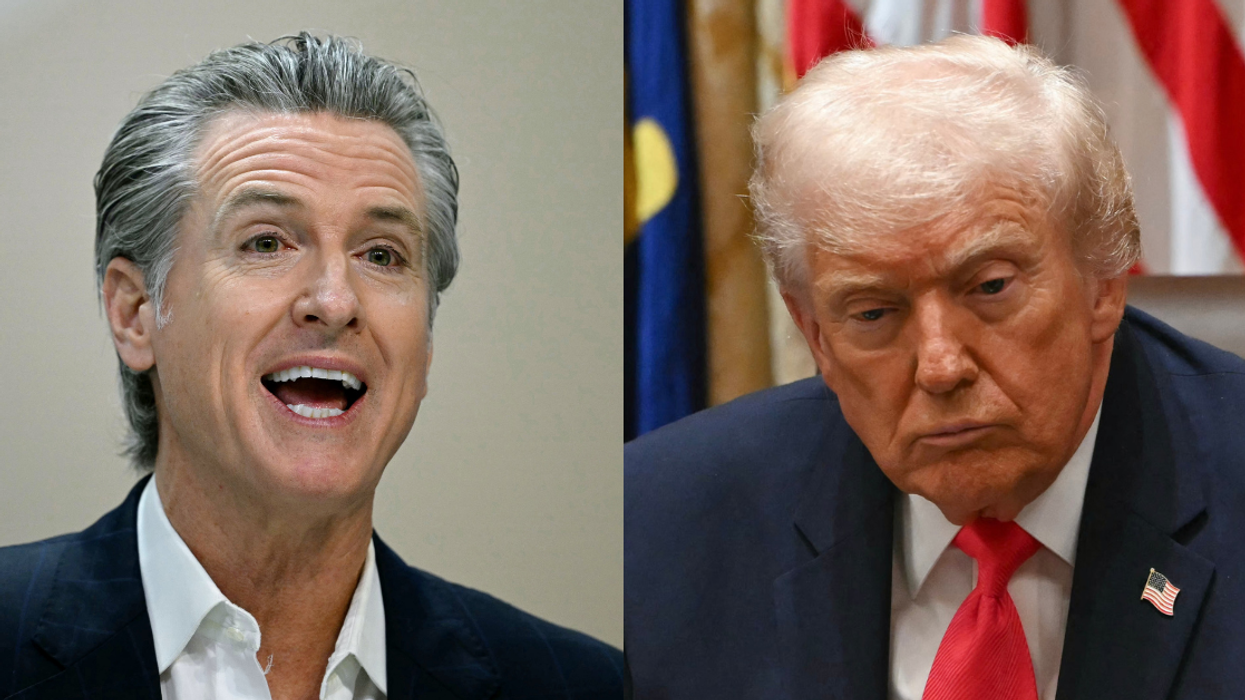Earlier this week, pop singer Janelle Monae came out as pansexual as rumors buzzed about her sexuality. But what does it mean, exactly, to be pansexual?
Often confused with bisexuality, which is having attraction to two or more genders, pansexuality enjoys more fluid boundaries and fewer gender restrictions. Unlike bisexuality, through which attraction is defined by gender, pansexuality involves being attracted to the person, regardless of their gender. Since gender is a sliding scale, so goes pansexuality, adhering to non-binary and genderless identities that are becoming more mainstream.
Pansexuality is defined by Merriam-Webster as:
"1: of, relating to, or characterized by sexual desire or attraction that is not limited to people of a particular gender identity or sexual orientation
- Pansexual people are attracted to all kinds of people, regardless of their gender, sex or presentation.
- —Farhana Khan
- The famous 0-6 scale … was devised to chart sexual proclivities, from purely heterosexual (0) to purely homosexual (6). Kinsey felt humans are pansexual (most falling somewhere between 0 and 6), and restrictions imposed by society and religion lead to sexual maladjustments.
- —Lisa C. Hickman
- Although Whitman's impulses were homoerotic, he was pansexual in the sense that he could find the driving force of something such as sex in almost everything …
- —Peter Craven"
In her groundbreaking interview with Rolling Stone, Monae explains why she says she is pansexual, rather than bisexual.
Being a queer black woman in America - someone who has been in relationships with both men and women - I consider myself to be a free-ass motherf_cker.
Later I read about pansexuality and was like, 'Oh, these are things that I identify with too.' I'm open to learning more about who I am.
Twitter users weighed on the discussion, offering their takes on the ever-evolving scale of sexual identity.








 Ash Stanton/Facebook
Ash Stanton/Facebook Laura Sprinkle/Facebook
Laura Sprinkle/Facebook Akira Karasu/Facebook
Akira Karasu/Facebook Cevanna Gilbert/Facebook
Cevanna Gilbert/Facebook Troy Adam/Facebook
Troy Adam/Facebook






 @GovPressOffice/X
@GovPressOffice/X
 @realDonaldTrump/Truth Social
@realDonaldTrump/Truth Social